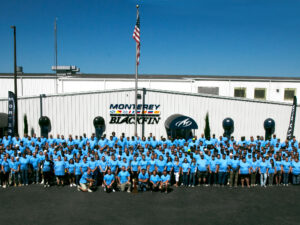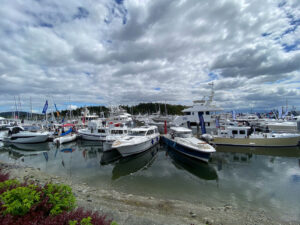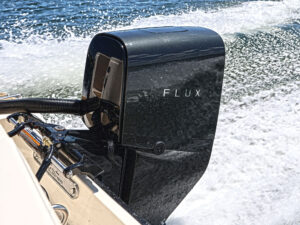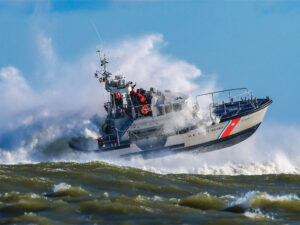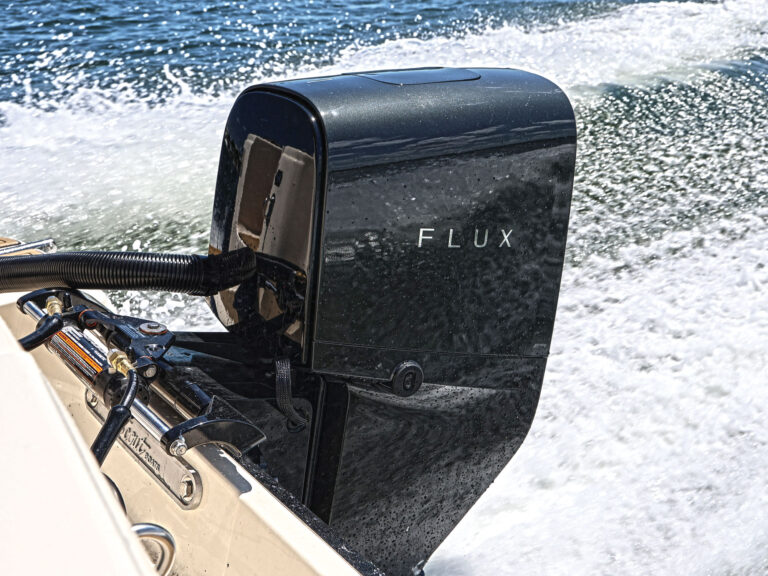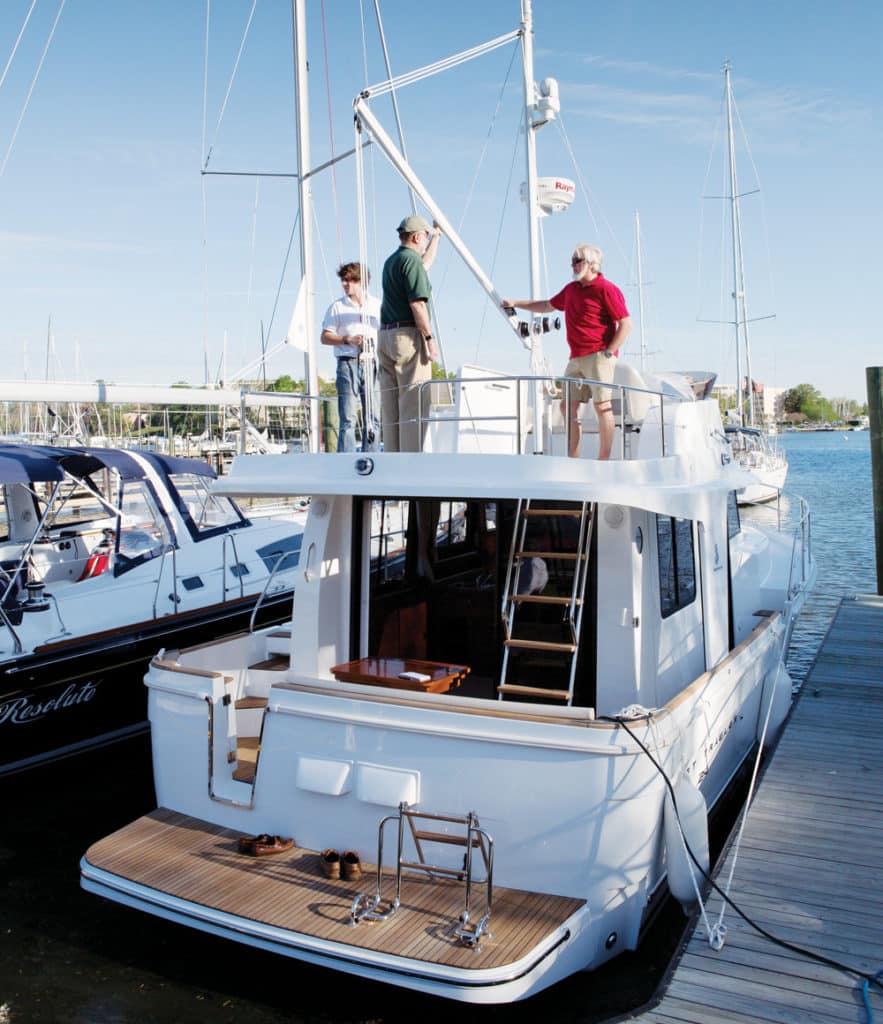
The Importance of a Follow-Up Survey
After a long, tightly scheduled trip like this one that tests the boat and all of her systems, it’s hard to overestimate the value of having someone with a practiced eye and good tools like a phenolic hammer to make sure that she is as healthy as she appears to be. Consider it a “trust, but verify” operation. At a cost like the $340 that Robert Noyce charged for this survey, it’s cheap insurance to make sure that this well-traveled Beneteau 34 Swift Trawler continues to maintain both her cruising capability and her value. What You Can Learn
Our surveyor, Robert A. Noyce, showed that a marine survey provides more than a suitability-for-service report and a measure of quality: Maintenance tips and repair history are also revealed.
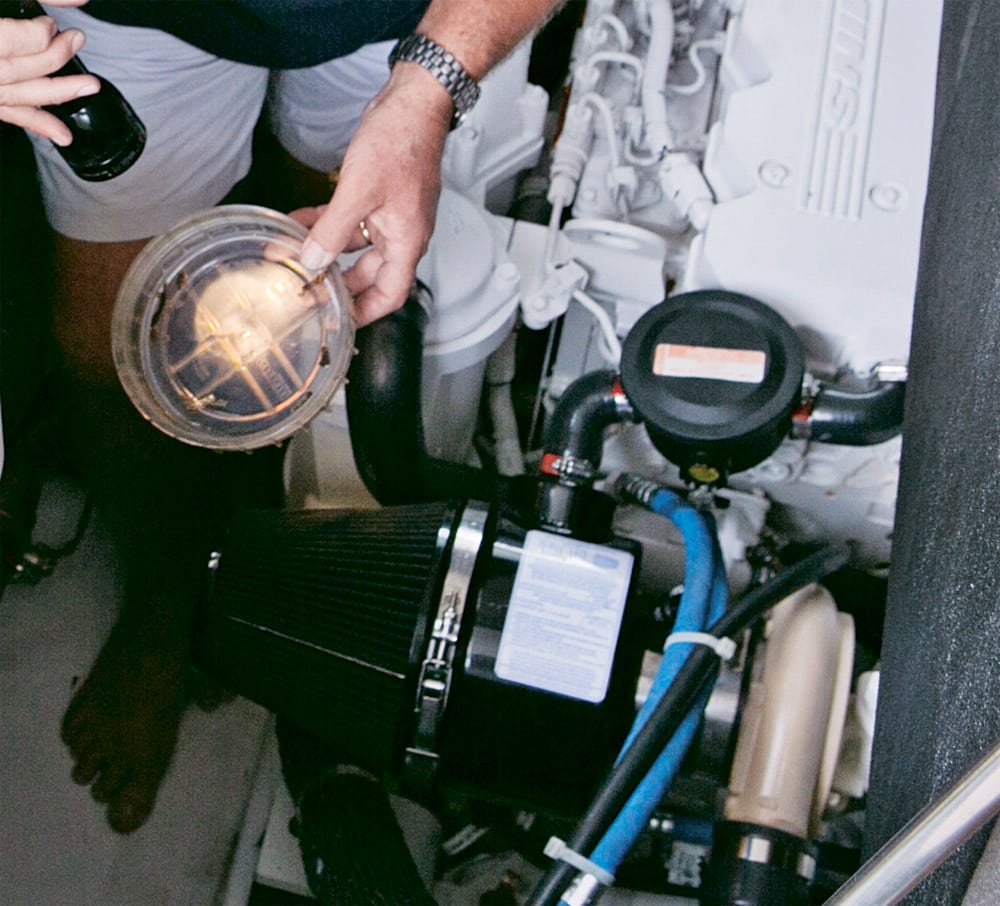
The Importance of a Follow-Up Survey
Our surveyor noted no changes to the well-designed and installed fuel tanks and systems. The base of the 900MA Racor secondary water separator filter was clear. What You Learn
Even diesel fuel can explode or ignite, making regular tank inspections a must. Fuel filters with sight bowls make inspections easier.
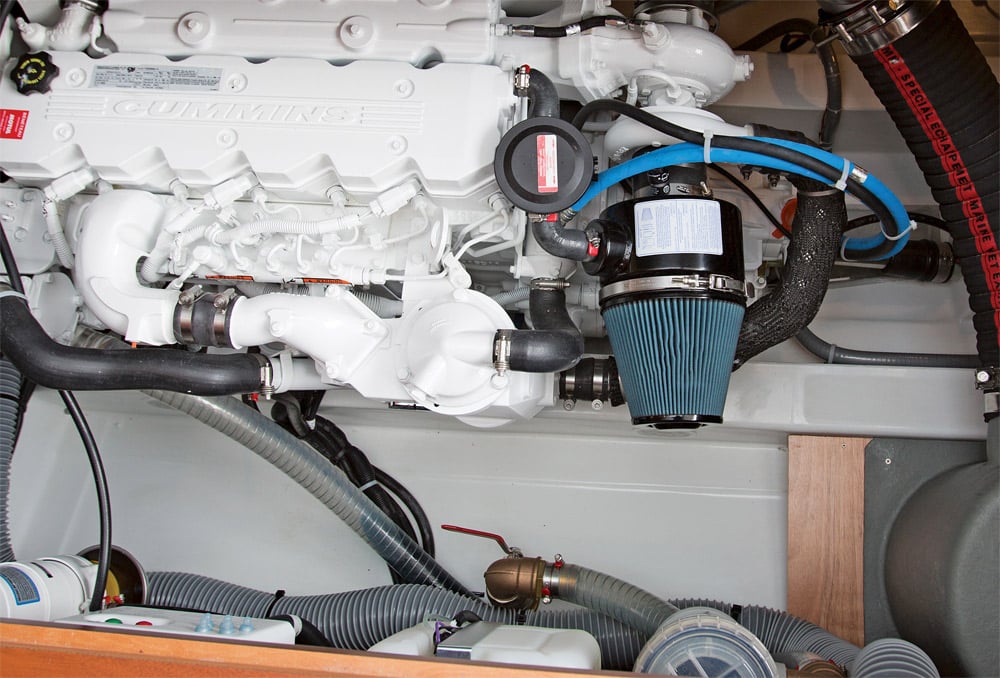
The Importance of a Follow-Up Survey
Noyce found the engine mounts secure and all belts and controls reliable. He noticed some soot in the engine room and found it to have been caused by an exhaust system leak, which had occurred and been corrected during the trip. He also sent out an oil sample for analysis. What You Learn
Engine mounts need frequent inspection. If they get loose, misalignment can occur and destroy engines and gears and/or leave you stranded. Plus, a surveyor can spot prior repairs to a boat being considered for purchase that boat owners might miss.
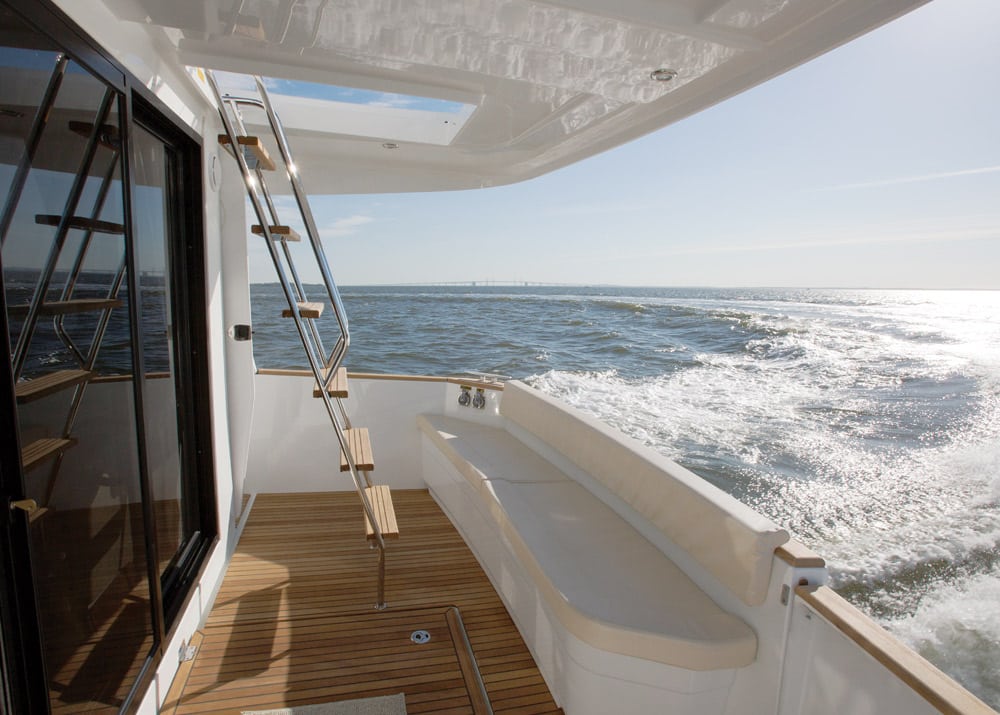
The Importance of a Follow-Up Survey
Noyce found the general condition of the hull topsides, deck and cabin to still be very good. There were no signs of damage or deterioration of the superstructure. The teak planking was satisfactory. What You Learn
The hull-to-deck joint takes a lot of stress and is often a source of leaks aboard poorly constructed boats or those having been used hard and long. Bulkheads can come loose from long or hard use, and poor initial construction, and damage after the fact can often be revealed by “hard spots” showing up in the topsides to a surveyor’s experienced eye.
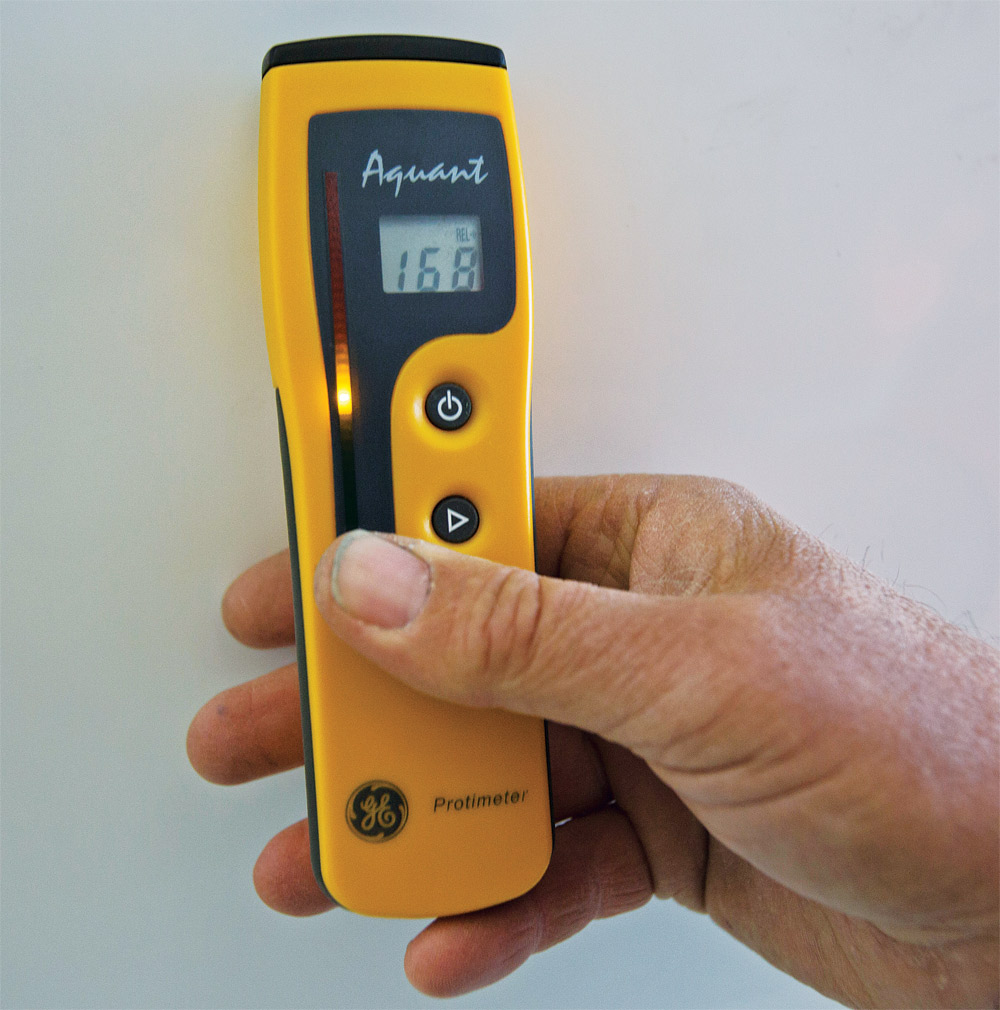
The Importance of a Follow-Up Survey
Noyce reinspected the bottom of the hull, sounding it with a phenolic hammer, and found it to be structurally sound, without delamination or predominant voids. Random tests with a moisture meter read very low, with the average the same as in the new-boat survey. He observed the running gear to be free of corrosion. He indexed the propeller and shaft and found them true. This last check was particularly important because The Greatest Loop sustained propeller damage twice on her trip, once in Canada’s Trent-Severn Waterway and once near Myrtle Beach, South Carolina. What You Learn
Corroded underwater fittings can sink your boat, and a bent shaft or prop can ruin the engine and gears.
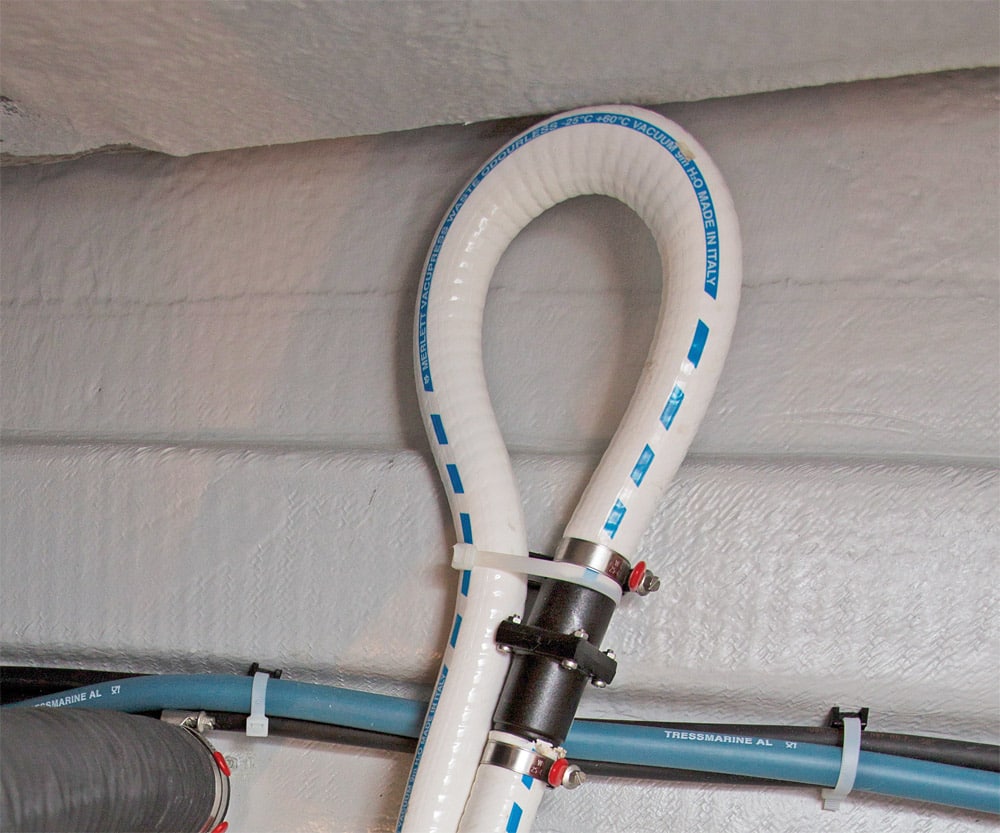
The Importance of a Follow-Up Survey
After months of constant use, our surveyor found all hoses and components to still be in very good condition. What You Learn
Leaks, odors and failed equipment often result from faulty or worn plumbing.
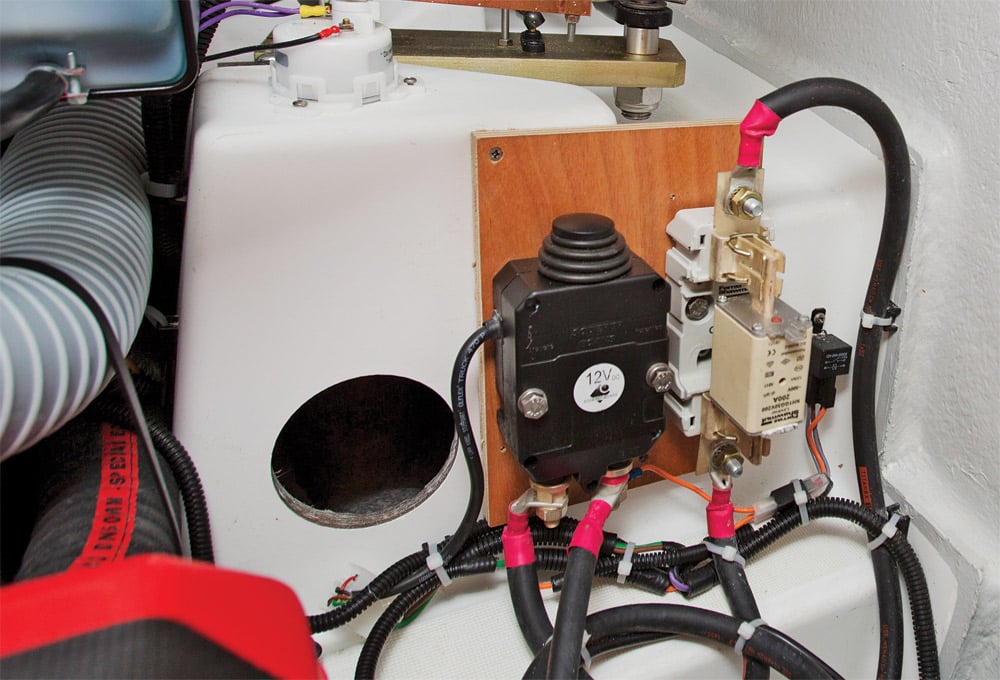
The Importance of a Follow-Up Survey
As Noyce noted in the initial survey, the installation of the electrical system met ABYC standards and the Recreational Craft Directive requirements. Thus he was pleased, but not surprised, to find that all of the AC and DC systems remained in very good condition. The chargers were functioning properly, and he proved the ground fault system worked properly. The batteries remained in very good condition. What You Learn
From both the insurability and safety standpoints, a thorough check of electrical systems is mandatory.
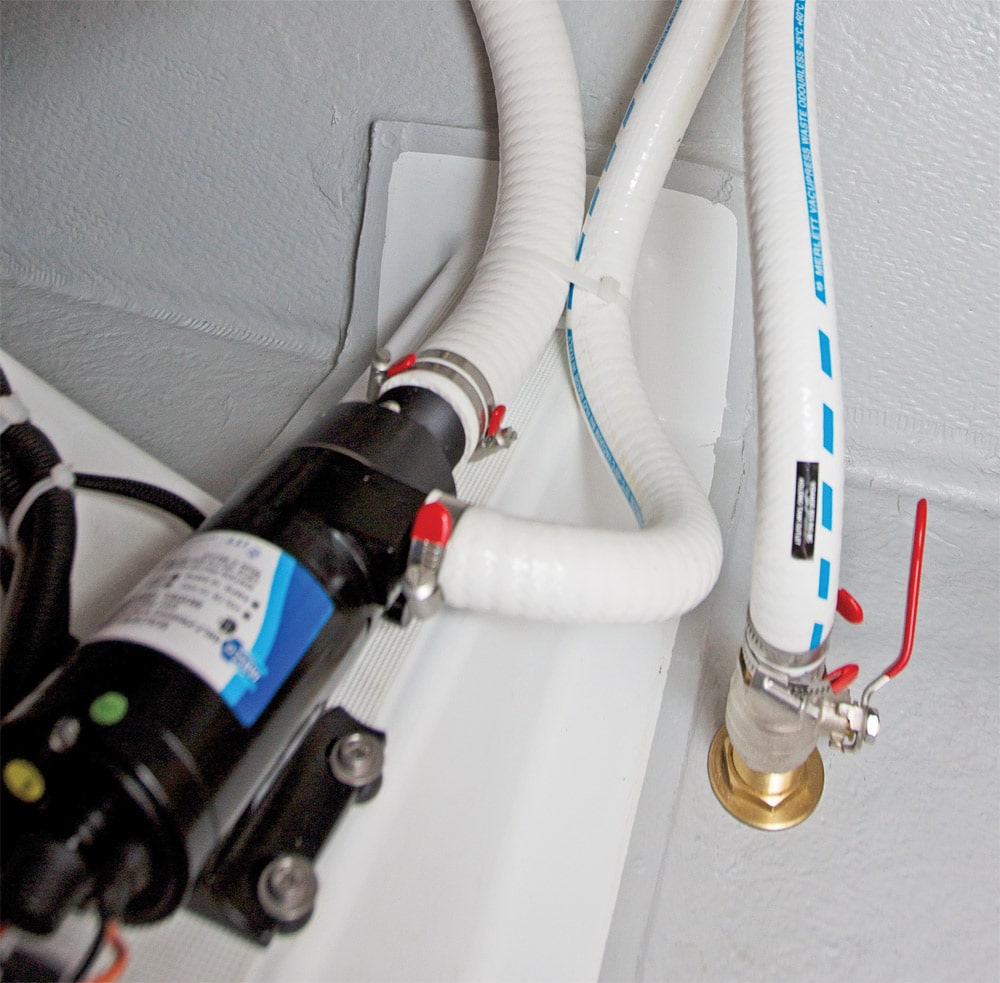
The Importance of a Follow-Up Survey
The Greatest Loop‘s head, holding tank and plumbing were still in good operating condition, despite daily use for 71 days. What You Learn
Top-quality equipment usually pays for itself in long-term reliability.
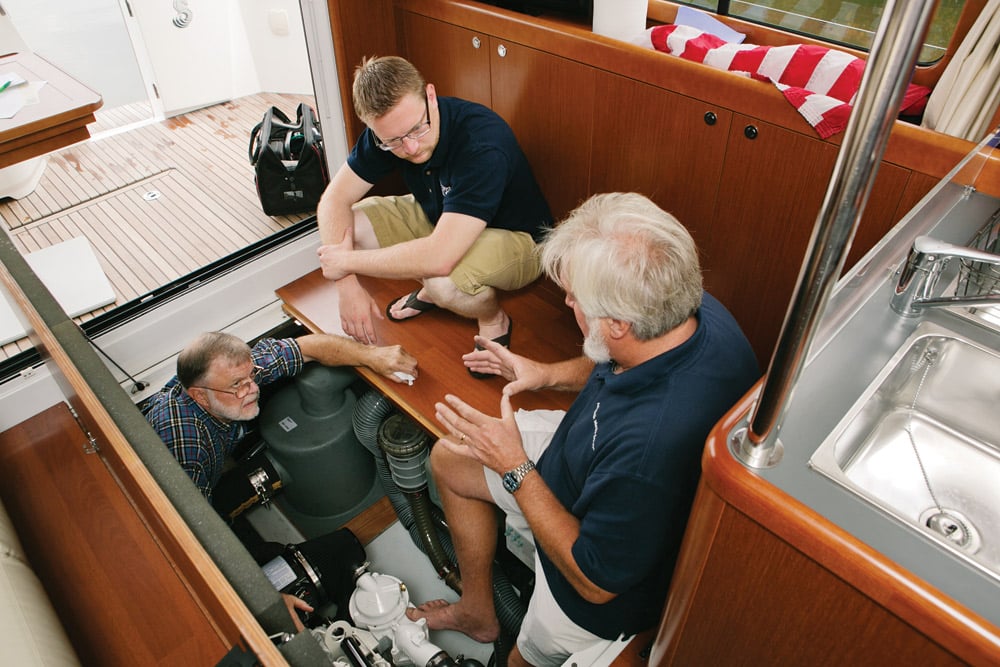
The Importance of a Follow-Up Survey
On inspection, our surveyor found all of the boat’s bilge pumps to be in operating condition. What You Learn
A top quality installation leads to long-term reliability.
Compare our Certified Boat Test of Beneteau’s Swift Trawler 34 against this marine surveyor’s report.
Earlier this year, Beneteau sent a Swift Trawler 34, The Greatest Loop_, around the Great Loop route circumnavigating the eastern United States. In Part I of this story, we had a new-boat survey, complete with a haul-out and sea trial, performed on _The Greatest Loop. This illuminated the many reasons for having a new-boat survey performed and proved the Swift Trawler 34’s high quality.
For Part II, we went back aboard The Greatest Loop, performing a survey after she had been run for nearly three months straight and berthed in ports from New York to New Orleans, putting 5,234 miles in her wake and 580 hours on her single Cummins QSB5.9 diesel inboard engine and other systems.
The boat returned in great condition, according to the survey. Hop aboard with us to find out why.
On the Job: The Second Survey
To refresh your memory, we hired Robert A. Noyce of marine survey firm Robert A. Noyce and Associates in Annapolis, Maryland, to conduct both surveys. Noyce has worked with Lloyd’s of London and the American Boat and Yacht Council (ABYC). Both surveys were conducted at Annapolis Yacht Sales, Beneteau’s flagship dealer, with Capt. Patrick Hopkins serving as liaison. A complete survey report can contain as many pages as an issue of Boating.
Notes From the Boat Shed and Second Sea Trial
How can a cruising boat be so healthy after being run hard through a 5,000-plus-mile voyage by 12 crews? Quality control by Beneteau is one reason. Annapolis Yacht Sales’ Capt. Patrick Hopkins, a former Coast Guardsman, detailed another: good “owner” care.
Hopkins required the crews to use a daily checklist along with a detailed, three-page Captain’s Handoff Checklist that each outgoing captain had to sign and go over with the incoming captain, who also signed. This procedure ensured that details as diverse as fluid level monitoring and galley stores were regularly addressed. In addition, he prepared three pages of captain’s instructions and a detailed, illustrated 17-page Captain’s Manual. He also arranged scheduled service from Cummins and Beneteau. In short, he laid out a plan for fastidious ownership. Was there a payoff?
One daily check picked up a potentially deadly problem: an exhaust leak. This was on the Mississippi River above St. Louis, where some carbon showed on a paper towel wiped over the engine’s Walker Airsep air cleaner. A red line in the sight glass of the filter confirmed the problem, and a Cummins technician was immediately called to fix it.
Noyce also cited Beneteau for equipping the Swift Trawler 34 with a centrifuge-type filter for helping to minimize fuel-related problems, and easing access to the raw-water strainer for visual checks and clean-outs, essential for preventing overheating.
One surveyor’s trick Noyce shared was checking the sill around the engine hatch. If the air intake for the engine is clogged or inadequate, the diesel will suck in air around the hatch, causing trash to accumulate around the sill. This time, though, the hatch was as clean as a pin. Kudos to Beneteau for matching the vent size to the engine’s air draw.
While making way, we crawled into the forepeak, as we had during our first survey, to check how this “spear-point” fared. As before, it was solid, with no movement or distortion.
To double-check that the exhaust leak had been fixed, Noyce put on earmuffs, picked up a flashlight and, with Hopkins continuing to run the boat at speed, climbed back into the engine room. We closed and latched the engine hatch for 20 seconds and then opened it to a thumbs-up sign from the relieved surveyor. Before he climbed out, he checked the sight glass in the Airsep valve with the engine running. All was clear. Surveyors take their work seriously.
The last stop was the Cummins Onan genset in the lazarette. Noyce checked the voltage output at start-up and found 123 volts. Under load from the air-conditioning system, the output dropped to 122 volts, with the unit running quietly and smoothly inside its sound shield, even with the hatch open. Its hour meter showed 379 hours.
After completion of the survey sea trial, we helped clean the boat, a great way to notice detail. In spite of heavy use and some rough passages in the Great Lakes and Chesapeake Bay, Noyce noted, “everything still fits and swings freely.”
Conclusions
The second survey of this Beneteau 34 Swift Trawler confirmed our original judgment that this is a high-quality boat. She’s designed with great attention to detail, she’s built well, her systems are solid and well installed, and she performs efficiently at both trawler and fast cruising speeds. She has shown herself to be an eminently capable Great Loop cruiser.
It’s important to give credit also to the boat’s captains, crews and especially the support crew, headed by Hopkins at Annapolis Yacht Sales and the folks at Beneteau USA headquarters in Annapolis. They organized the trip extremely well, laying out a route that showcased this 36 1/2-foot trawler in a wide range of cruising areas while also ensuring a service network. For example, Cummins dealers serviced the main engine in New York City (100-hour check), St. Petersburg, Florida (250-hour check), and Charleston, South Carolina (500-hour check). Cummins Onan serviced the genset in Chicago. The support crew also helped to arrange propeller and rudder repair after two groundings that occurred during the voyage, and the repair to the exhaust system in St. Louis.
The backbone of the operation, though, was the tight system of daily checks, handoff lists, clearly explained captains’ responsibilities and detailed user manual. The result was that everyone was well aware of the vessel’s condition at all times and easily able to spot trouble before it became serious, so they could also truly enjoy a remarkable voyage aboard this capable trawler.
Beneteau Swift Trawler 34
This boat combines the seakeeping of a displacement vessel with performance approaching that of a cruiser with a full planing hull.
Engine: Single 425 hp Cummins MerCruiser diesel QSB5.9
Price: $305,000
LOA: 36’7″
Beam: 13’1″
Draft: 3’7″
Displacement: 16,356 lb.
Top speed: 25.4 mph
How to Hire a Surveyor
Before hiring a surveyor, Robert Noyce, a marine surveyor himself, suggests getting a third-party recommendation, checking credentials and also asking “What have been your boating experiences in design, construction, repair and time on the water? How did you become a surveyor? Can you give me a sample survey?”
We’ll add that, since members of the Society of Accredited Marine Surveyors (marinesurvey.org) and the National Association of Marine Surveyors (namsglobal.org) have a commitment to integrity and continuing training and other forms of education, those organizations are top-notch sources for surveyors.
The Value of Engine Oil Analysis
We shelled out $20 and had The Greatest Loop’s main engine oil analyzed. The results were, in Robert Noyce’s word, unremarkable. Good news, but those numbers establish a baseline for the engine’s long-term health.
How important is maintaining that baseline? It can save a bundle of money. Consider the experience of Capt. Lonnie Moore of Tangier, Virginia, the senior manager for the Chesapeake Bay Foundation’s fleet of a dozen 35- to 60-foot workboats used for environmental education and oyster restoration (cbf.org).
Faced with a stutter in one of the fleet’s engines that no mechanic could resolve, he turned to oil analysis and discovered salt water in the oil. Submitting the lab’s analysis, he received prompt, unquestioning warranty rebuilding of the engine. Check out Oil Analyzers Inc. (877-458-3315; oaitesting.com).

